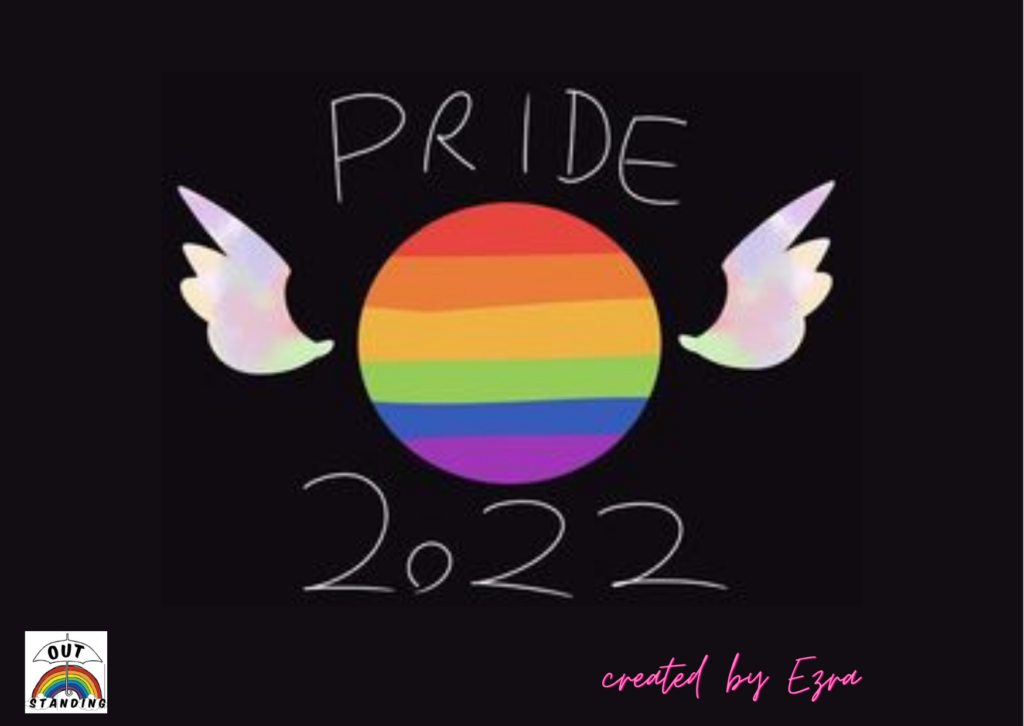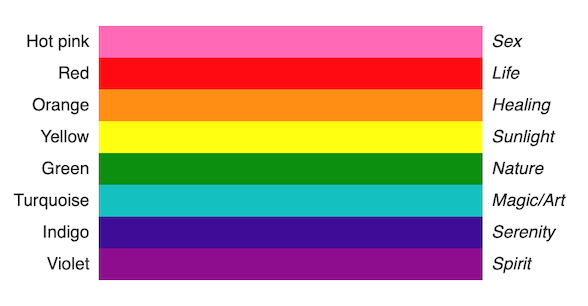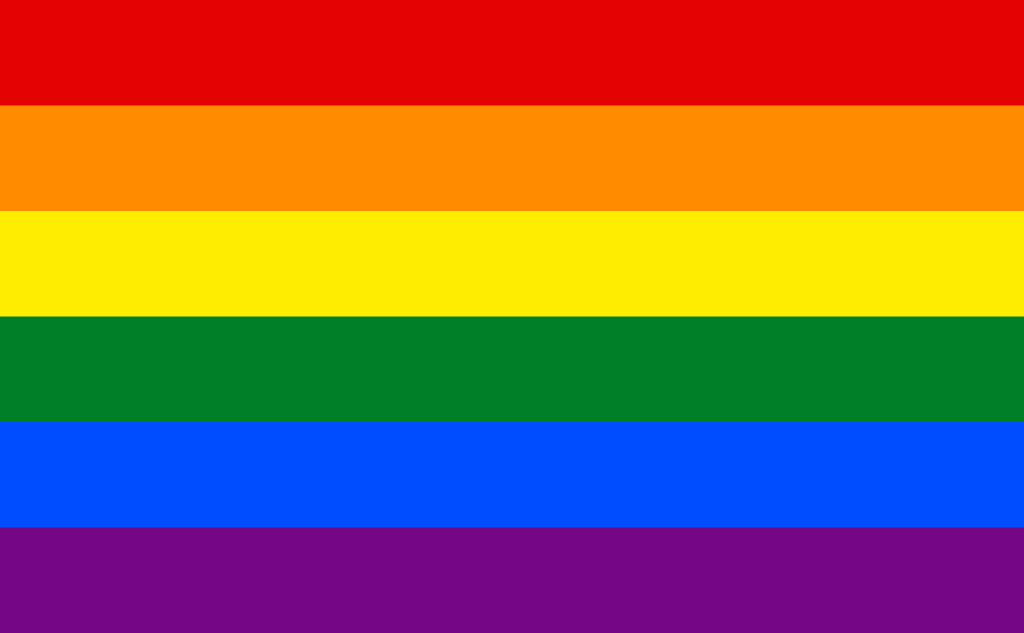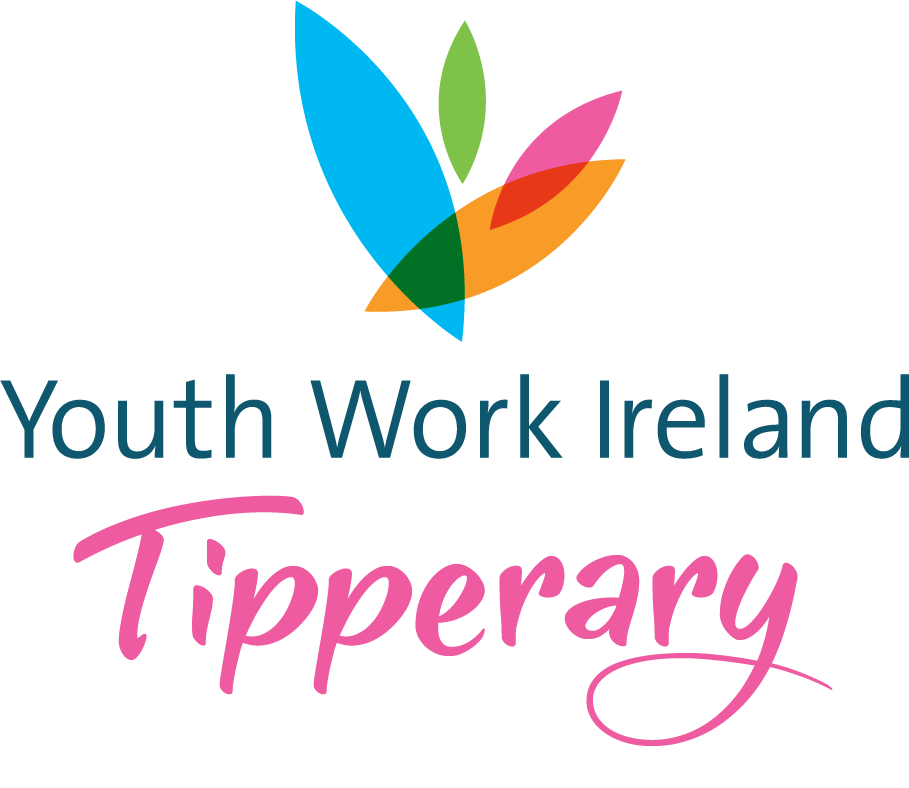
Why is the Pride Flag so important?
The rainbow flag, when used to celebrate Pride or the LGBT+ community, is not just a celebration of identity, it is also an indication of allyship, of safe spaces, community and togetherness.
The colours in the flag reflect the diversity of the LGBT community and the spectrum of human sexuality and gender. Using a rainbow flag as a symbol of gay pride began in San Francisco in 1978, but eventually became common at LGBT rights events worldwide.
Over the years the original rainbow flag has been redesigned, with some within LGBTQ+ movements arguing it needed to better represent and reflect more communities.
In 2017, Philadelphia’s Office of LGBT Affairs added black and brown stripes to the Pride flag to recognise people of colour.
One year later, an artist called Daniel Quasar released a redesign of the Pride flag, called the Progress Pride flag, which was widely shared on social media.
It included black, brown, pink, pale blue and white stripes, to represent marginalised people of colour in the LGBTQ+ community, as well as the trans community, and those living with HIV/AIDS.
“The arrow points to the right to show forward movement, while being along the left edge shows that progress still needs to be made.” explained Daniel Quasar.
This short video gives a very good insight into the history of the Pride flag and what this flag means to the community.
(80) The History Behind the Rainbow Pride Flag – YouTube
Original Pride Flag designed in 1978

Pride Flag modified in 1979

Pride Progressive Flag 2018



